The lighthouse of Aforesmenos is located 27km north of Agios Nikolaos, 20km from Elounda, and…
Palekastro
The village of Palekastro is situated in the most eastern corner of the island. This unsophisticated, rural, Cretan village of 1300 inhabitants, has been relatively unaffected by the inroads of tourism despite its superb nearby beaches, where you can enjoy water sports and swimming.
The traditional factor is blended in harmony with the modern, offering to the visitor the convenience of the present time, as well as the jauntiness of the past.
The village is valued for the archaeologists, because of its rich archaeological sites. There is a folklore museum, too.
There are a lot of taverns and restaurants, where traditional meals are served. You can also find fresh fish in some of them. Don’t miss it! You can enjoy your coffee or your ice-cream in one of the cafes in the square. For the lovers of night life, there are a couple of bars and one disco.
You can also find any shops in the village. There is also a community clinic, a pharmacy and a post office. A lot of couples choose our town hall to get married. Think about it!
Palekastro is the ideal place for winter holidays and you can use it as a base for touring eastern Crete.
Palekastro: The beaches, History and the area
Discover in Palekastro, Eastern Crete, unspoiled areas with pristine beaches and magnificent landscapes!
The combination of the charming Greek village, with its amazing location far away from mass tourism, guarantees a unique discovering and eholiday experience…. which we hope you can enjoy this summer…
All beaches mentioned here are at a distance of 8km max from Palekastro:
Kouremenos Beach
Kouremenos bay, next to Palekastro, is definitely the king of windsurfing resorts in Crete and one of the most famous…
Chiona Beach
Chiona beach is located 2 km east from Palekastro and 20 from Sitia. It is 300 m long and you…
Maridati Beach
Only 4.5 kms away from Palekastro you can find the lesser-known beach of Palekastro area. The reason people don't choose…
Vai Palm Beach
Palm Beach Vai beaches are located 25 km from Sitia and 7 km far from Palekastro Village. The combination of…
Itanos Beaches
Itanos beaches are located 2 km north from Palm beach Vai, 8 from Palekastro and 26 from Sitia. The sandy…
Karoumes Beach
At the village Chohlakies begins a magnificent accessible Karoumes gorge that ends after 1,5 hour walking to the pure and…
Skinias Beach
Skinias is the name not only of the 3 beaches, but of a larger region, 4 kms south-east of Palekastro,…
Toplou monastery (12 km far from Palekastro) is one of the most significant monasteries in Crete, dedicated to Panagia (Virgin Mary) and St. John the Theologian. It was founded around the mid 15th century, probably on the ruins of an earlier convent. The monastery was plundered by the knights of Malta in 1530 and shattered in 1612 by a strong earthquake. Due to its strategic position, the senate of the Republic of Venice, then ruler of Crete, decided to financially aid in rebuilding it. The monastery flourished until the surrender of eastern Crete to the Turks in 1646, after which it was abandoned for a long time. In 1704, it acquired special protection privileges from the Patriarch (i.e., stauropegic) and was re-inhabited.
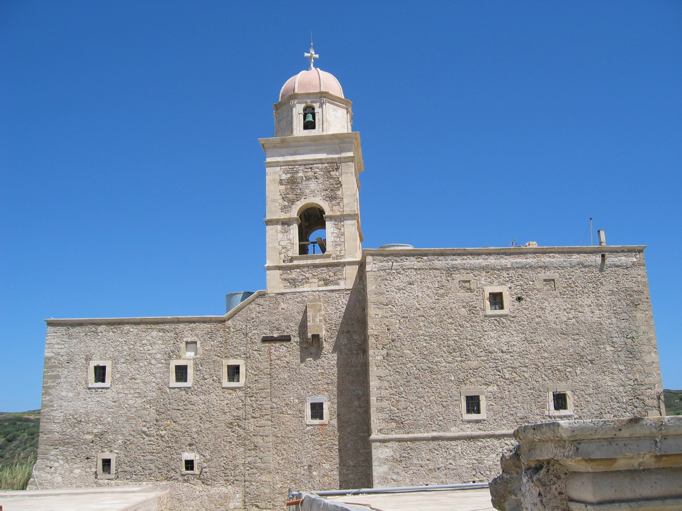
After its monks were slaughtered by Turks in 1821 during the Greek Revolution of Independence, Toplou was again deserted until 1828. In 1866, during the massive Cretan revolt against the Turks, it was once again devastated. During the German occupation of 1941-44, Toplou was providing shelter to resistance fighters and housed their wireless radio. When this was discovered by the Germans, the abbot and two monks were tortured and executed.
Toplou Monastery, Sitia
Toplou Monastery (Greek: Μονή Τοπλού) is a 15th-century monastery located in a dry and barren area in the Lasithi regional…
The Bronze Age town, whose original name is not known, is situated at Rousolakkos two kilometres from the village of Palekastro and 25 kilometres north of the Minoan town and Palace of Zakros. The location of the town was important as it was on the east coast, with a large plain behind it and a harbour that was sheltered by an outcrop of rock called Kastri hill. A number of small settlements, individual houses, cemeteries, ossuaries and quarries were also found in the surrounding area..
Palekastro Archaeological Site
At the northernmost edge of the eastern coast of Crete lie the ruins of a settlement which flourished during the…
Petsofas is the archaeological site of a Minoan peak sanctuary on Petsofas Hill, about 3km far from Plekastro village. It overlooks the Minoan town of Palekastro and was excavated by John Myres in 1903. He discovered a large number of clay figurines, including animal and human figures dating to 1900 to 1450.
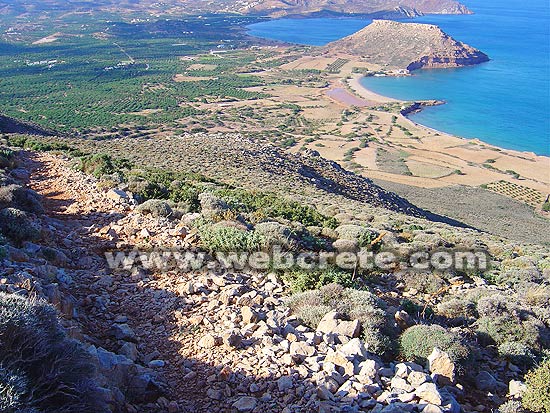
Among the ubiquitous human and animal figurines found in peak sanctuaries, Petsofas uniquely has clay figurines of weasels and tortoises. Some Petsofas cylinder seals bear a male figure resembling specimens recovered at the Minoan site of Knossos. Stone lamps, ceramic altars and ceramic building models have also been found at Petsofas.
Palekastro – Petsofas – Skinias
Taking as a starting point Palekastro square, you walk east, through Agathias settlement and going further in a dust road…
The first attempt of the establishment of a folklore museum in Palekastro has been started in 1987 by the two cultural unions of Palekastro “Elia” and “Itanos” with the support of Toplou Monastery and the village Council. In the Museum a lot of things, utensils and tools used by older generations since the time of Turkish denomination to 1960. Some of them are unique items of the Cretan folkloric art.
Folklore Museum of Palekastro
The first attempt of the establishment of a folklore museum in Palekastro has been started in 1987 by the two…
The Archaeological Museum is located in Sitia town, 17km far from Pakekastro. Rich displays cover the periods 3500 B.C to 500 A.D. The oldest artefacts come from the wider region of Sitia.
The museum is divided into five chronological parts and displays include a valuable collection of vases, clay tablets in Linear A script which were found in the archives at Zakros, figurines from peak sanctuaries, a wine press from the neo-palatial period and a Hellenistic wheat mill. Of special interest is the ivory and gold male figurine which was found in Roussolakkos near Palekastro.
Archaeological Museum of Sitia
The Archaeological Museum of Sitia opened in 1984 and houses a significant collection, divided into four sections. The exhibits cover…
Each historical era has left its sign in the soil of Palekastro. See ancient sites arround Palekastro village:
Ancient Cemetery in Agia Fotia
This is an area of great archaeological interest because, in addition to various chance finds and signs of habitation in…
Palekastro Archaeological Site
At the northernmost edge of the eastern coast of Crete lie the ruins of a settlement which flourished during the…
The wider area of Palekastro is a jewel in the Mediterranean landscape. Its physiography and climate help in the development of a special flora and fauna, which attracts the visitor. In the section that follows, you may find general information about the beauty of the landscape.
Some of the sights in the area (from 0 to 15 km far from Palekastro) :
Toplou Gorge
Its entrance is about 200m in the west of the Monastery of Toplou. The landscape is astonishing not only because of its…
Chohlakies or Karoumes Gorge
The Chochlakies or Karoumes Gorge lies in the far east of the island, 8 kms southern from Palekastro on the…
Adravasti Gorge
It is the most unknown gorge of Palekastro - Zakros region. Its exit is just 1 km north from Adravasti village…
Palekastro – Petsofas – Skinias
Taking as a starting point Palekastro square, you walk east, through Agathias settlement and going further in a dust road…
Vai-Palekastro
At the coastal region south of Palm Beach Vai, the nature hides some treasures almost totally unknown to the visitors…
Vai Palm Beach
Palm Beach Vai beaches are located 25 km from Sitia and 7 km far from Palekastro Village. The combination of…
Palekastro-Hiona-Plakos
4 kms far from Palekastro and just 2 kms far from the famous beach of Hiona the deserted place Plakos lies.…
Mitato
Mitato (the word means «cheese dairy» in the Cretan dialect) is the central village of a community of five small…
See photos from the unprecedented snowfall in Palekastro area at 13 and 14 February 2004 !!
Accommodation..
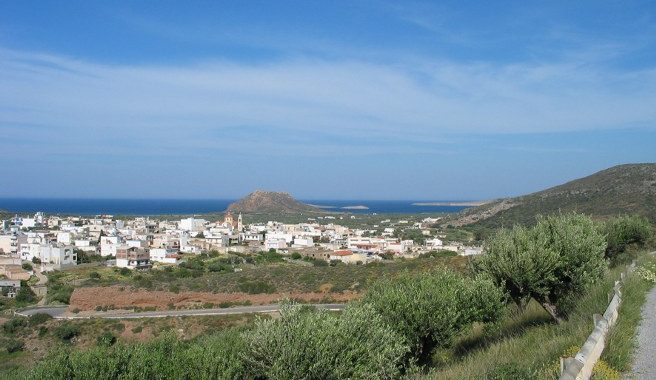
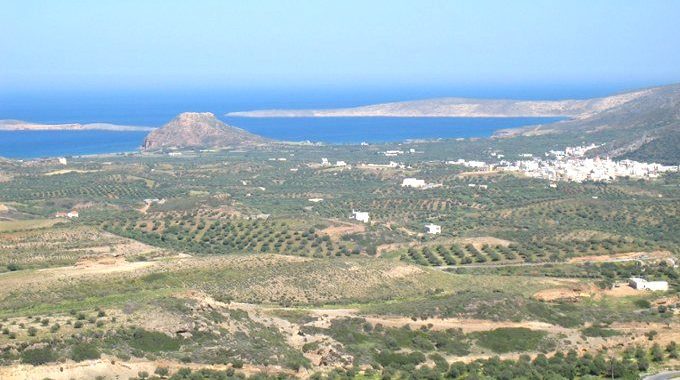

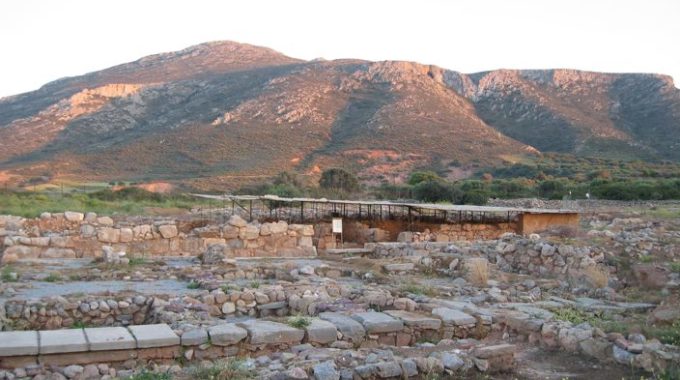
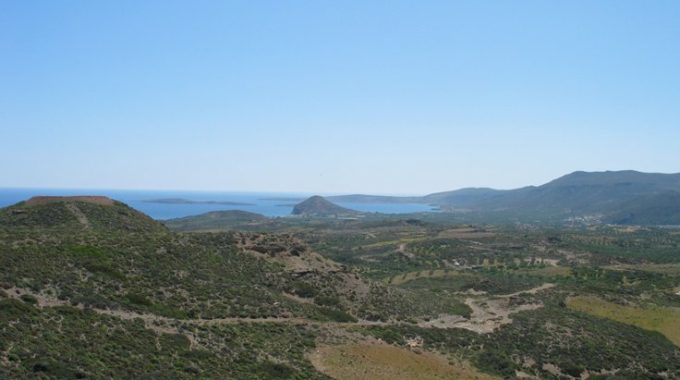
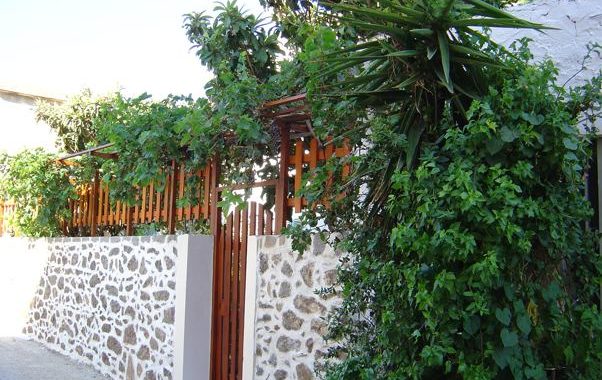
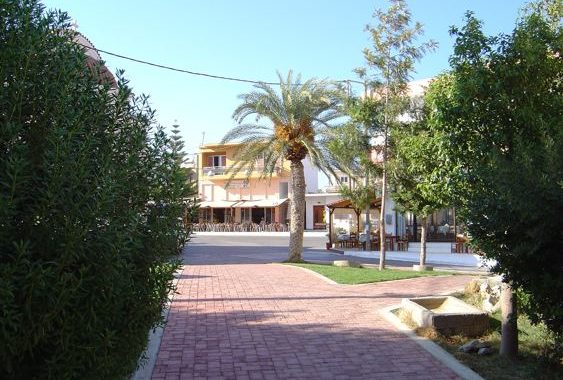
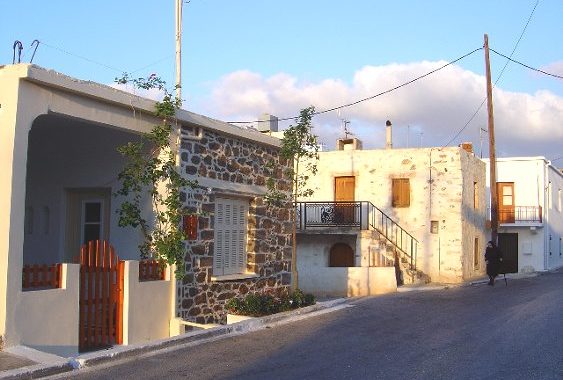
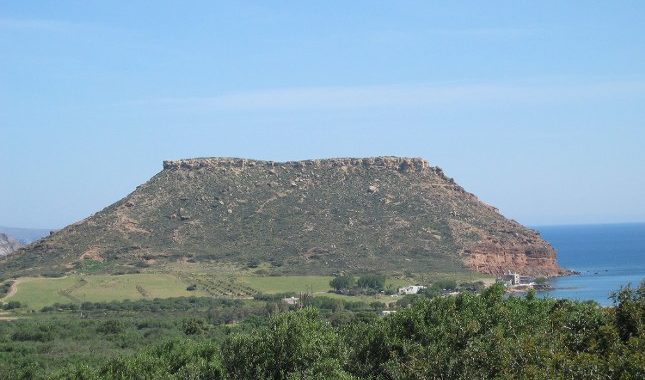
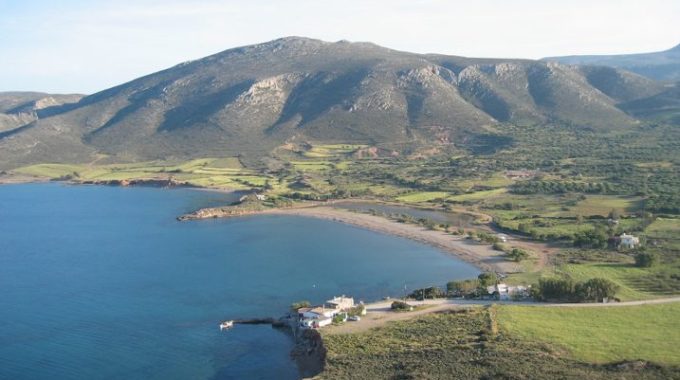
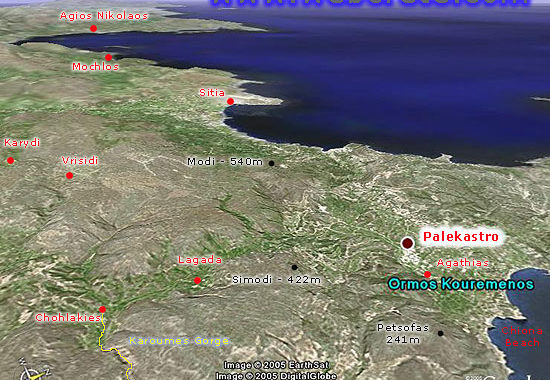
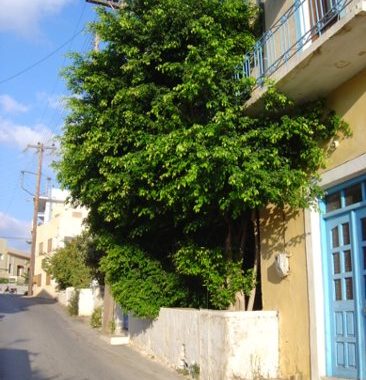
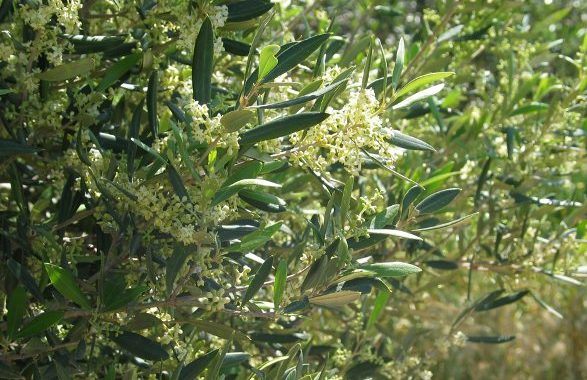
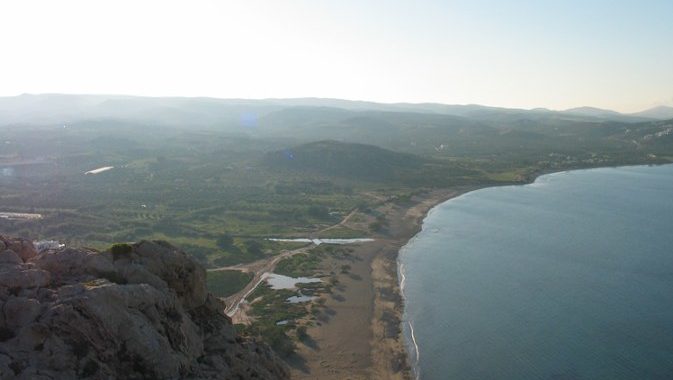
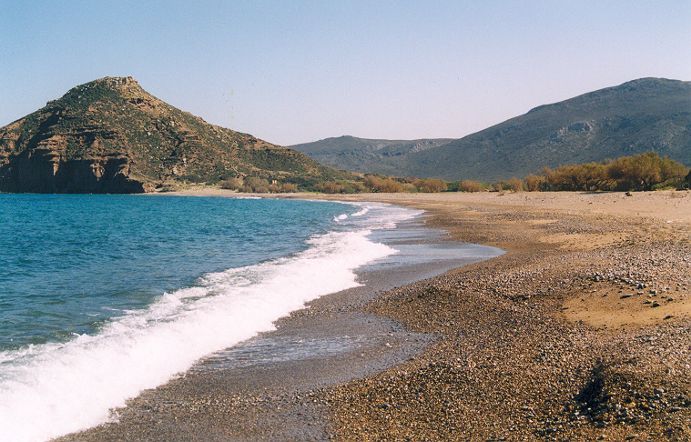
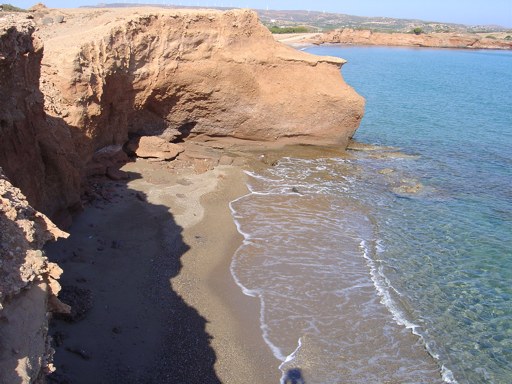
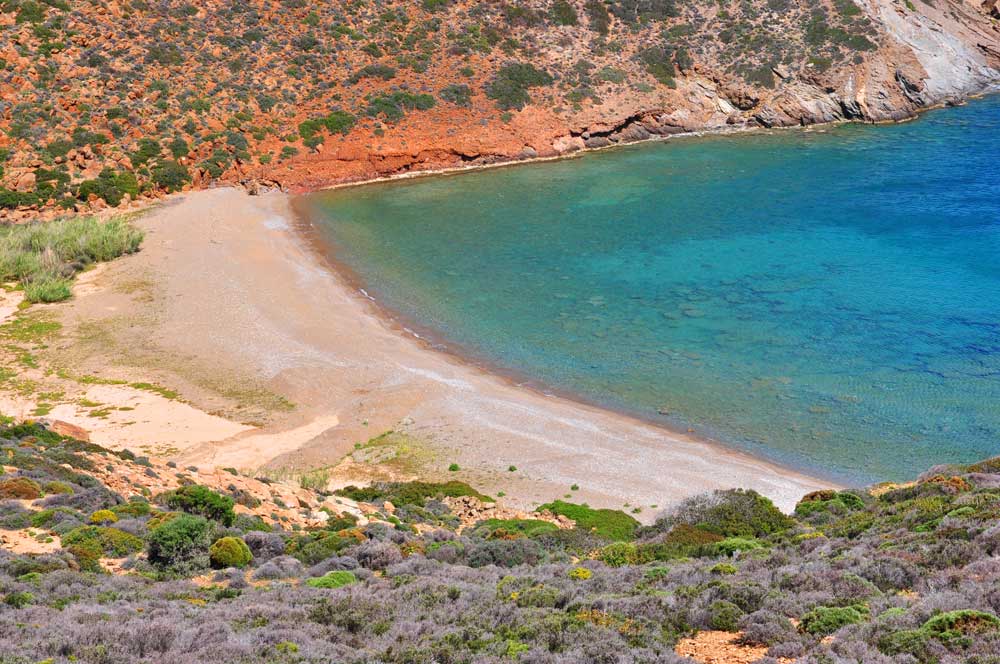
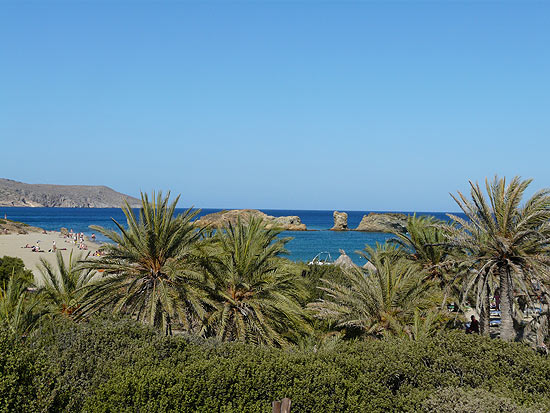
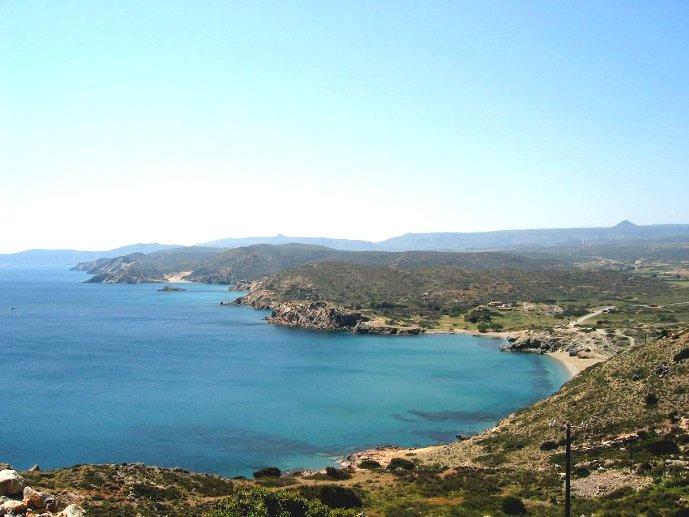
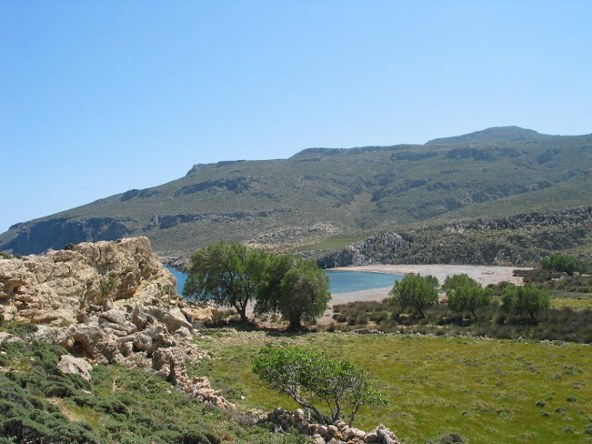
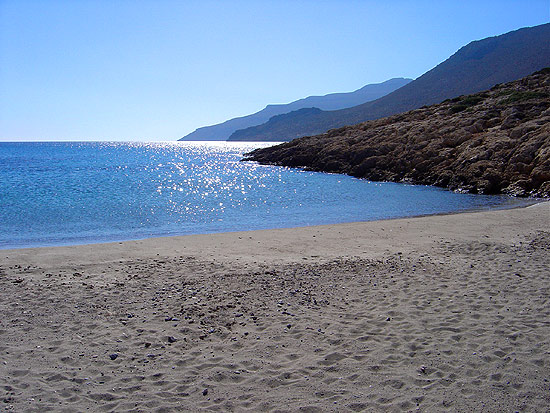
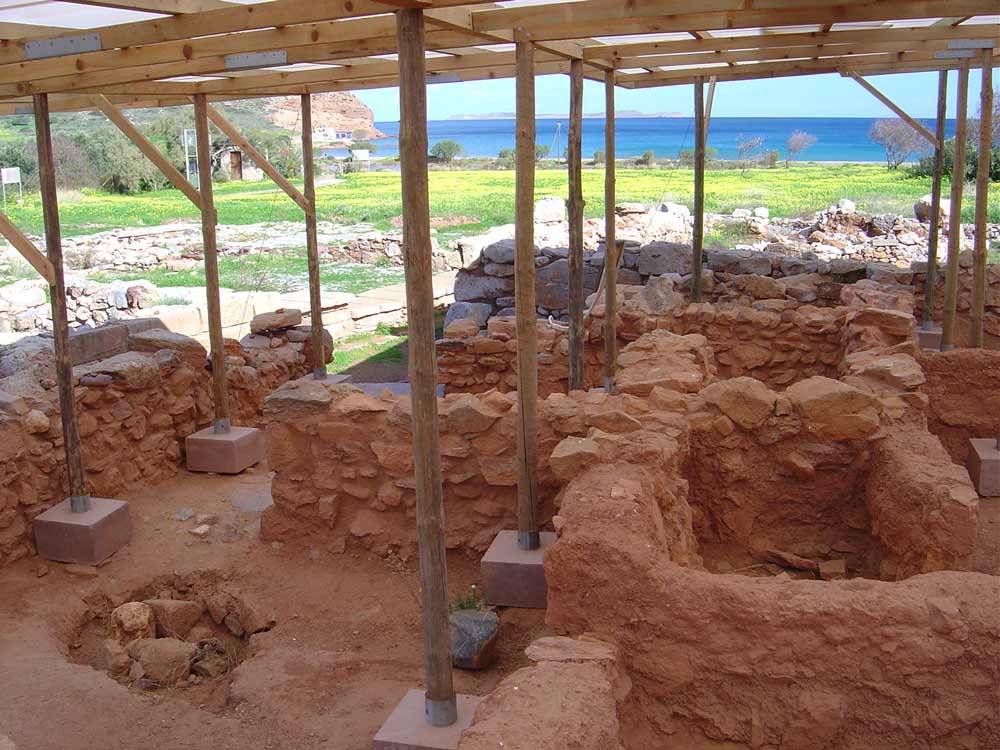
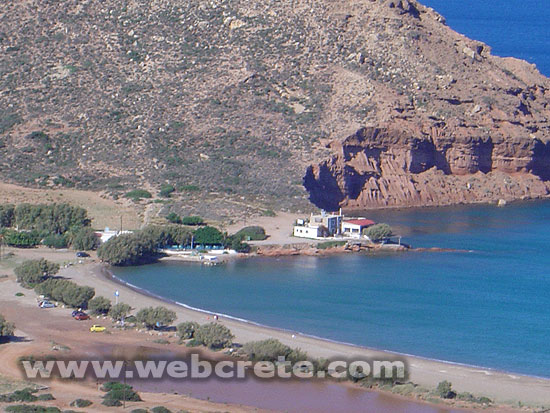
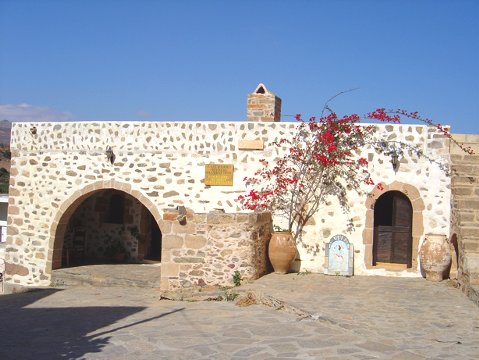
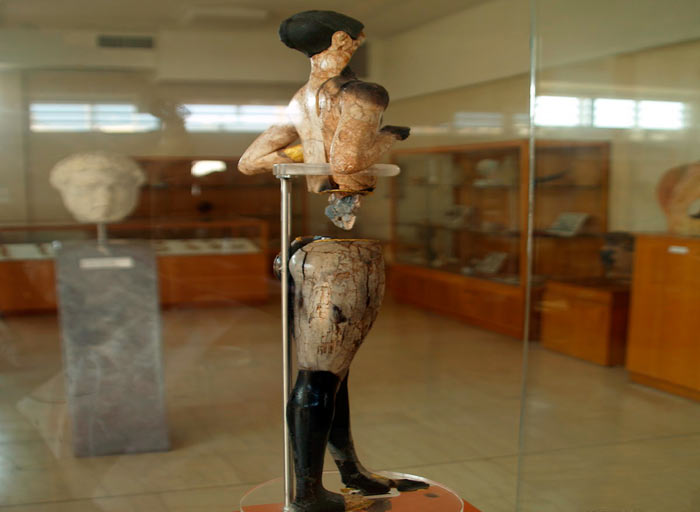
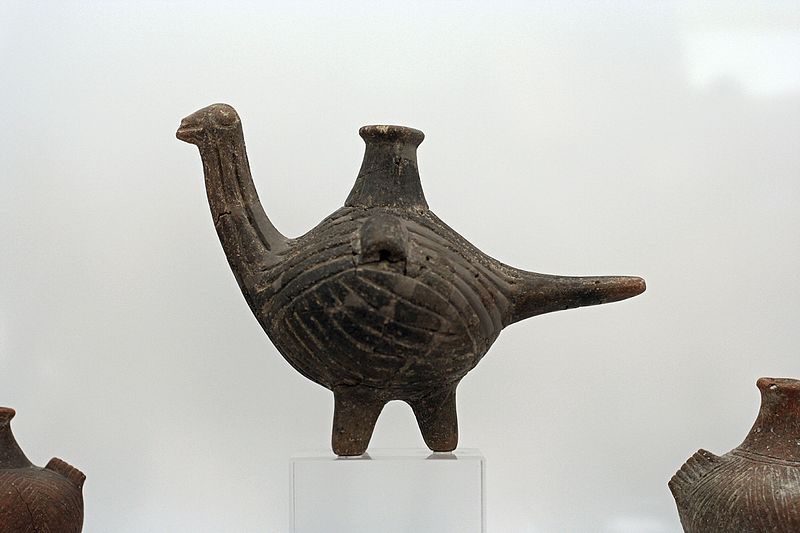
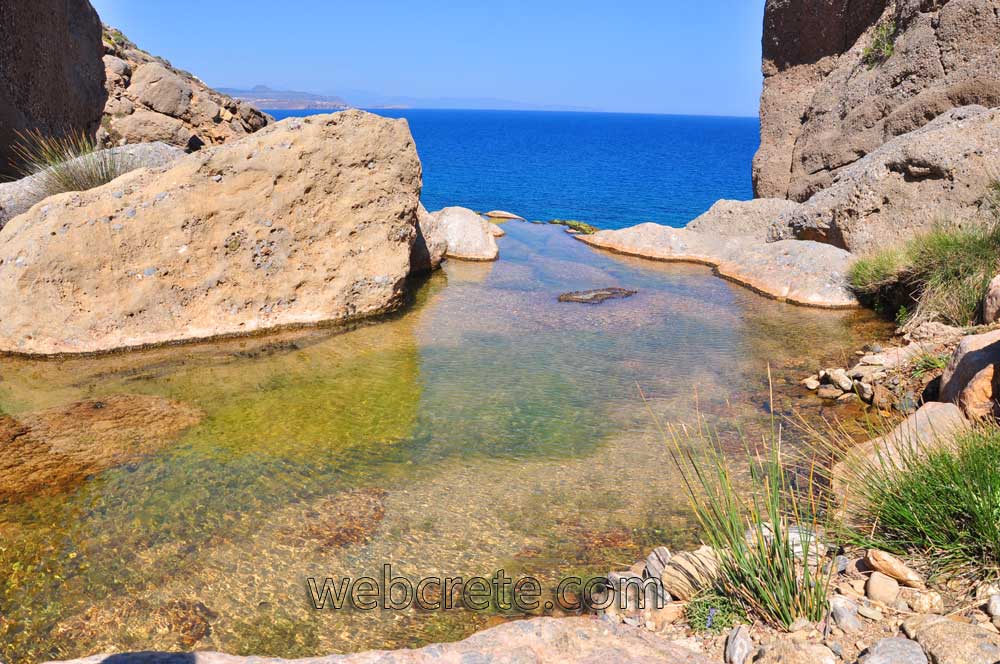
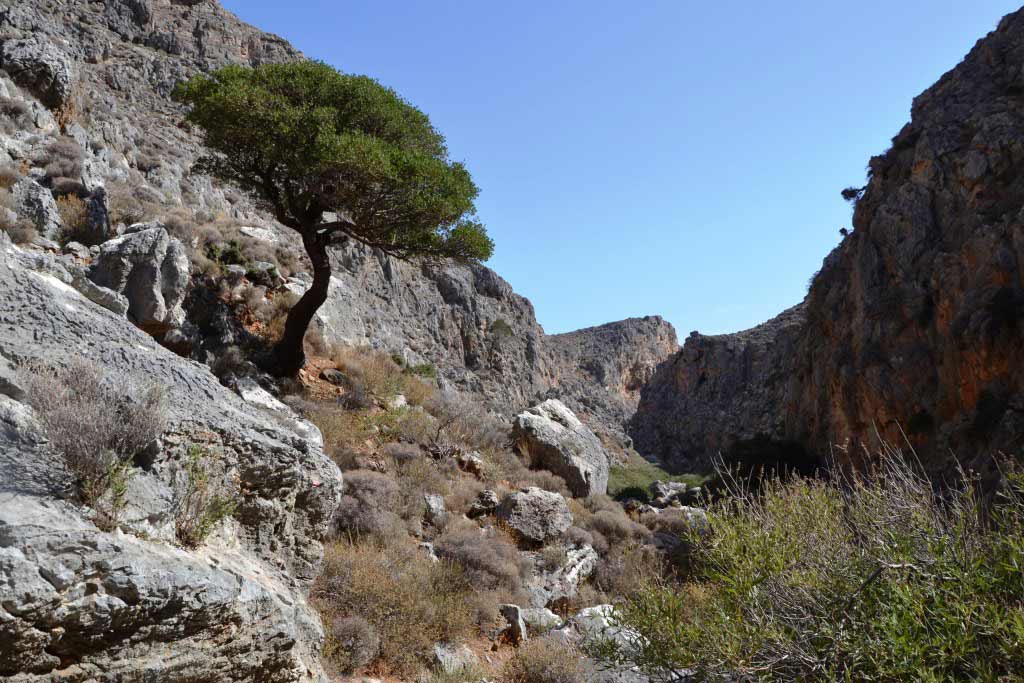
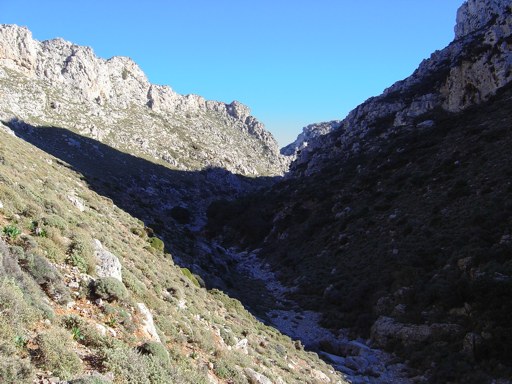
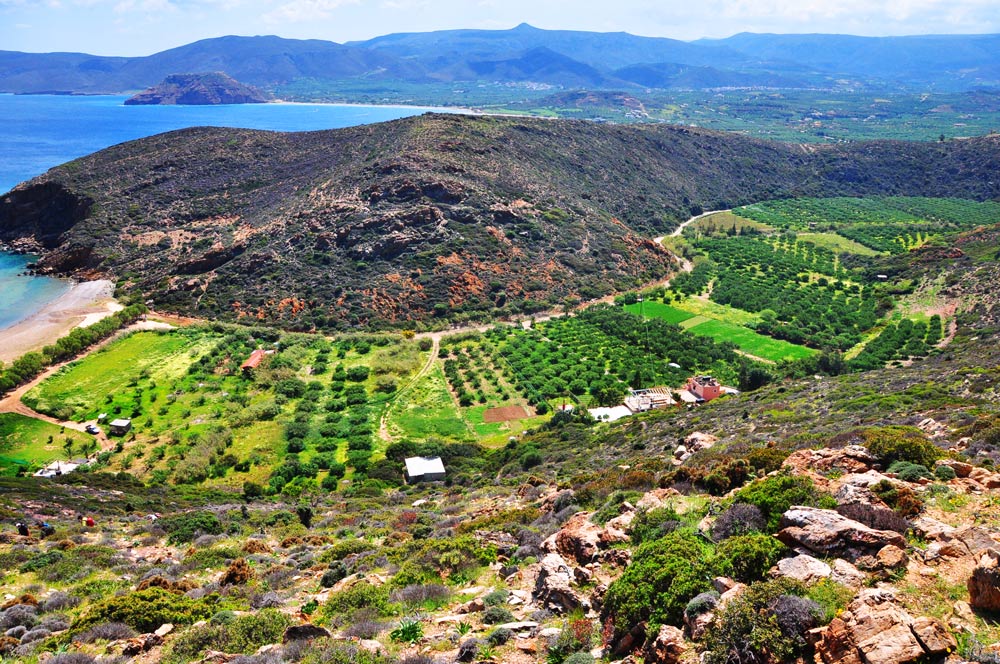
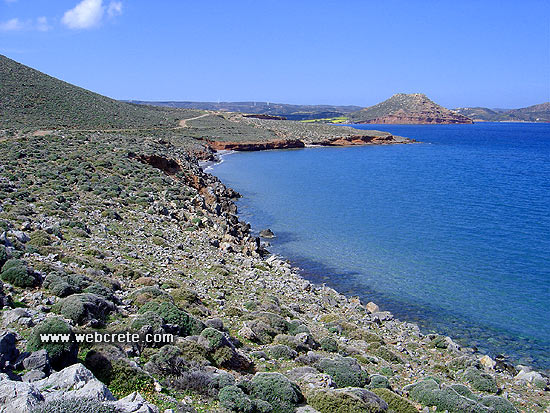
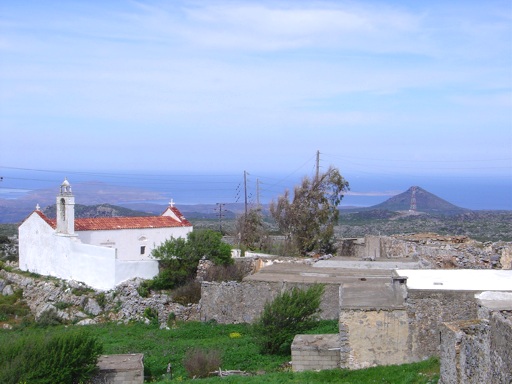
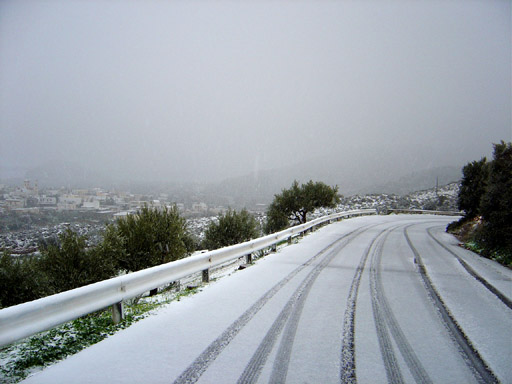
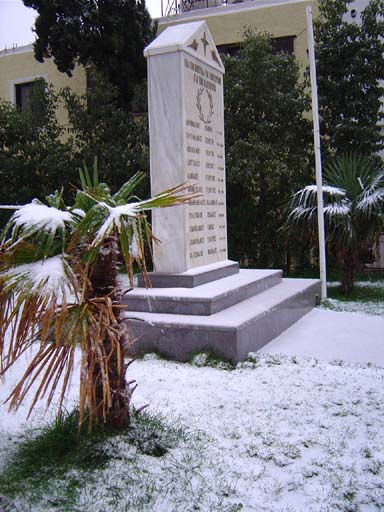
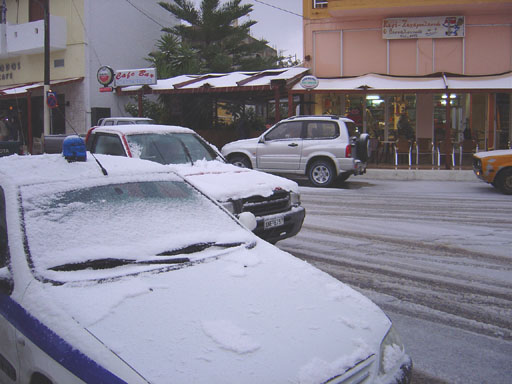
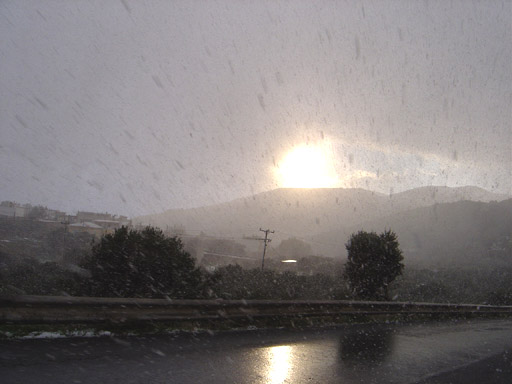
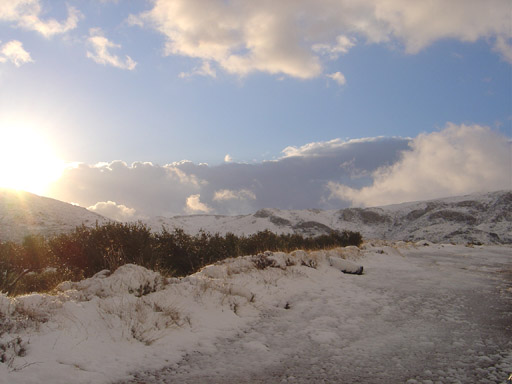
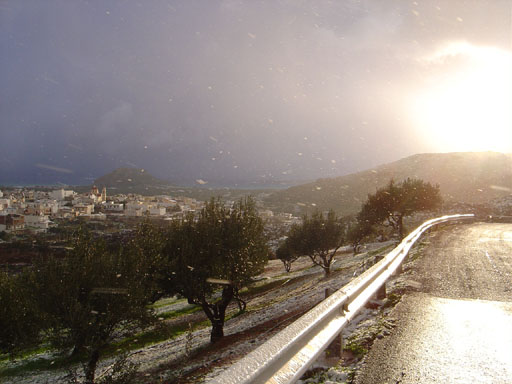
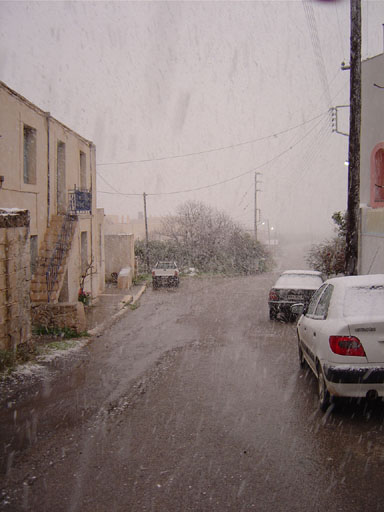
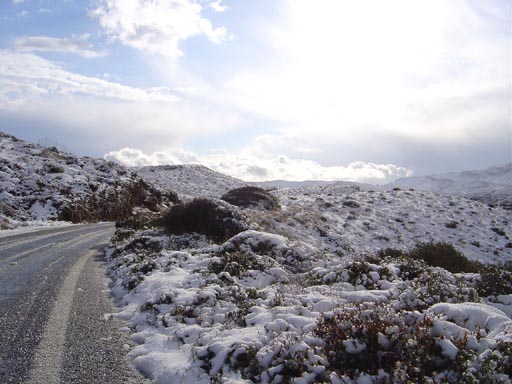
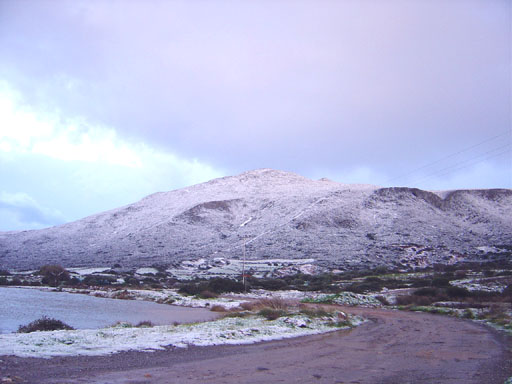
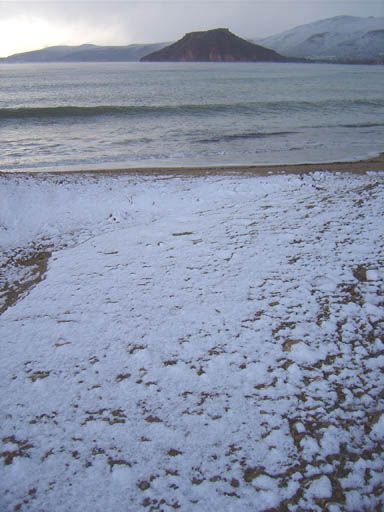










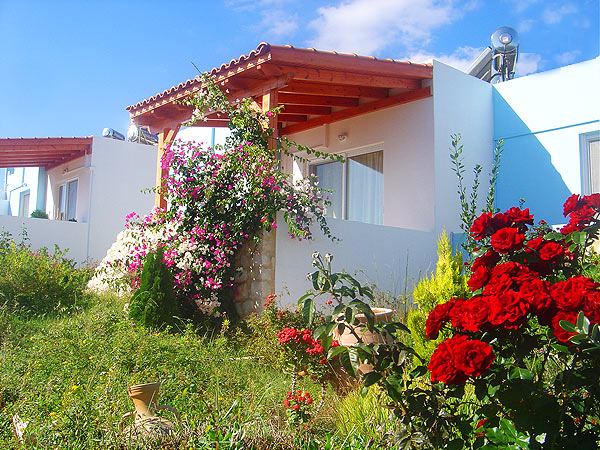
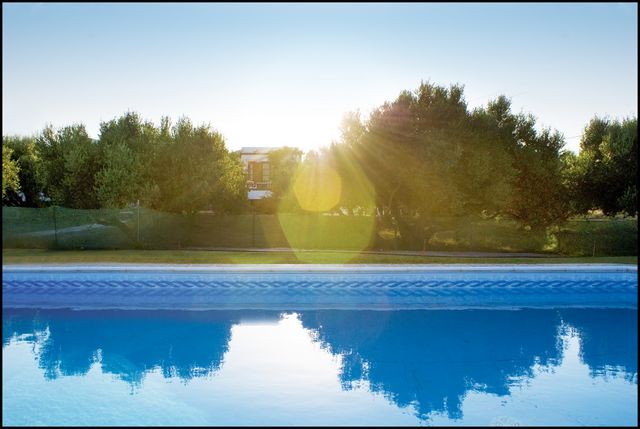
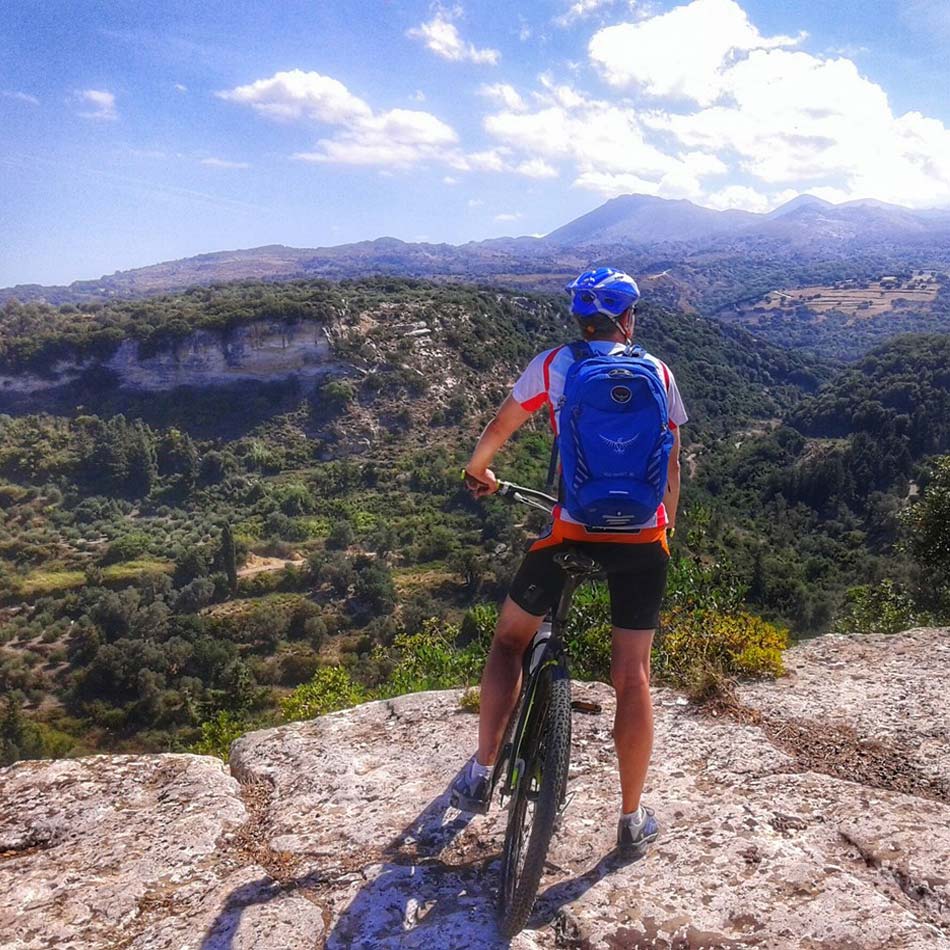
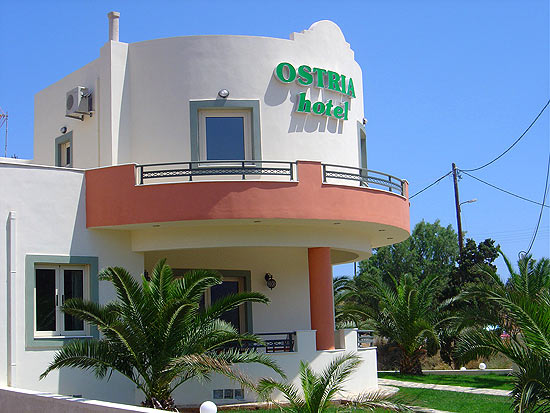
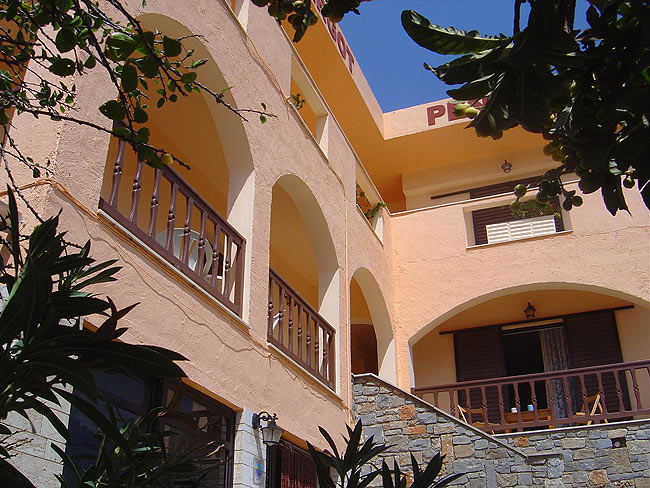
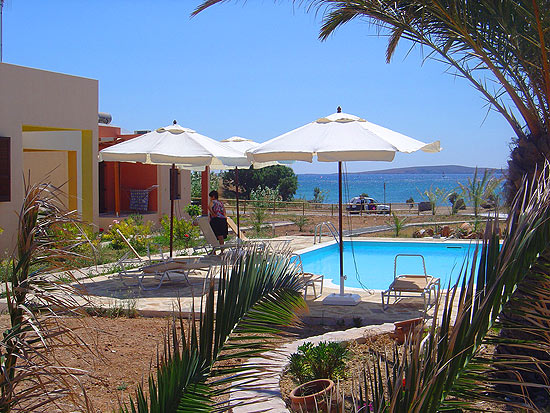
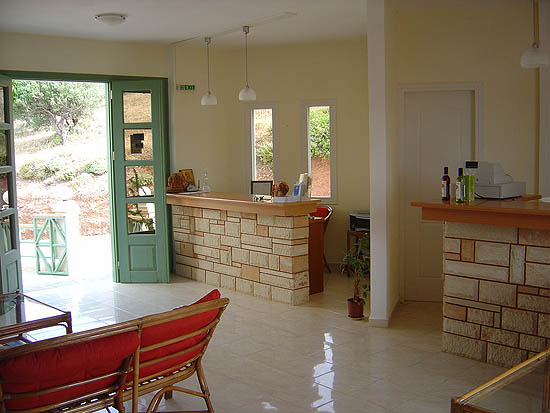
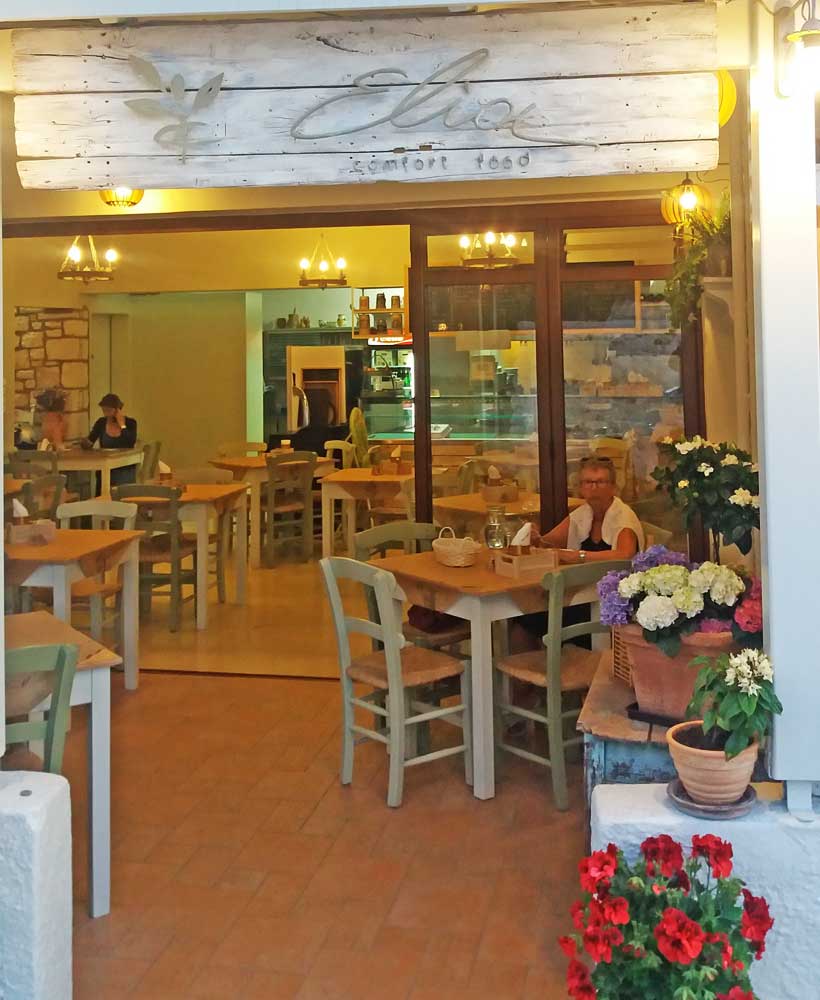
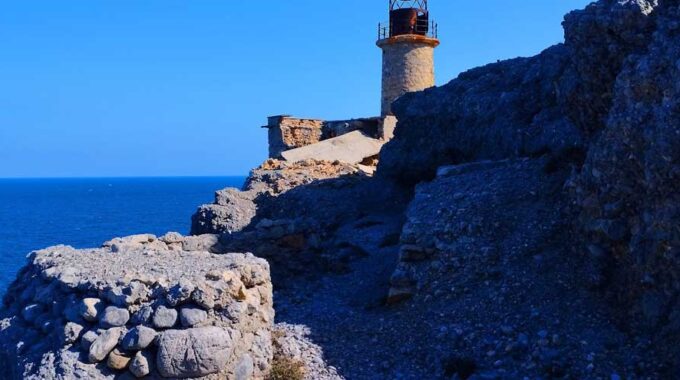
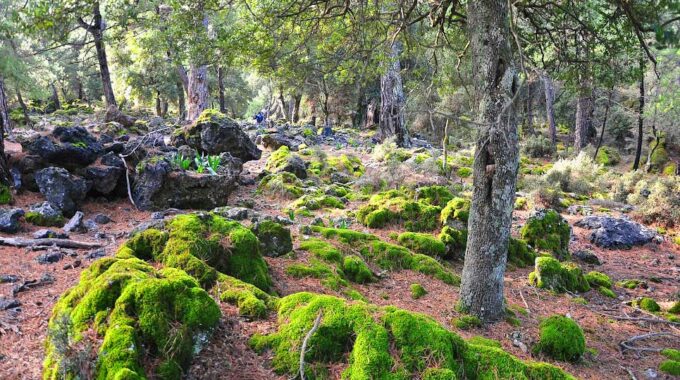
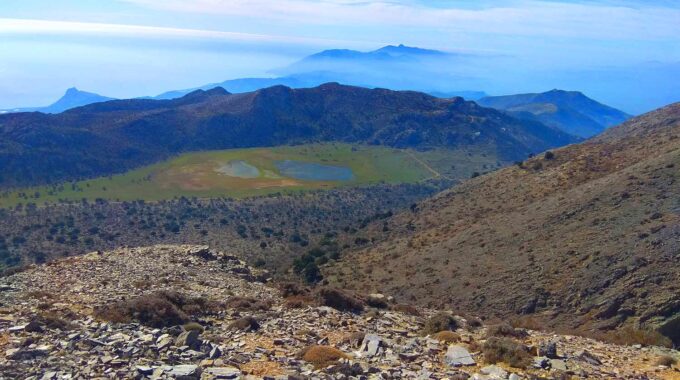
This Post Has 0 Comments